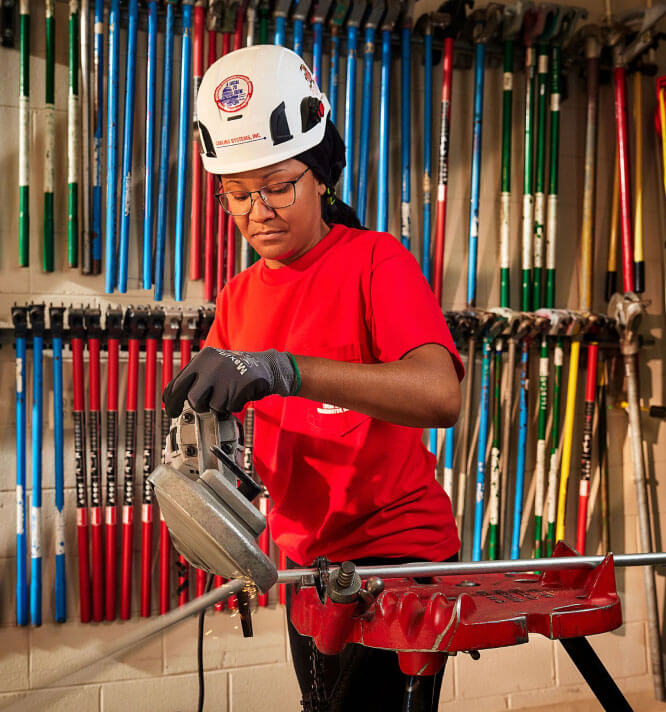
There is a new trend forming in the electrical industry that’s quickly becoming the norm. CHP, or combined heat and power is a system that has the ability to reduce overall fuel usage and energy costs. Electricity that is generated on sites with a CHP system can greatly reduce the purchases usually associated with electricity, and of course produces less energy in the long-run, sometimes using 40 percent less energy than an equivalent grid sourced electricity and fossil fuel boiler system.
CHP has come a very long way since its introduction about 100 years ago as a way to capture and use fugitive heat from industrial applications. Many of today’s applications are more aptly referenced as cogeneration processes since they generate both electricity and thermal energy.
The Blue Plains Waste Water Treatment Plant in Washington, DC serves more than two million residents in densely populated Washington, DC, and in surrounding communities in Maryland and Virginia. The 153-acre plant has an average capacity of 370 million gallons per day and a peak capacity of more than one billion gallons per day—an expensive, energy-intensive operation. It has completed a particularly unique application of cogeneration. Electrical Alliance contractor, Singleton Electric Company has installed an anaerobic digestion system from the Norwegian firm Cambi that will greatly reduce dependence on the grid for electricity while simultaneously reducing greenhouse gas emission and improving water quality, with the added bonus of saving millions of dollars annually.
So why should you care about CHP? It’s not that it just fixes or helps one part of your building process, it has the ability to reduce overall fuel usage and energy costs. It also greatly improves the power reliability – during utility outages, an on-site CHP system can still operate, providing power and thermal energy for critical systems like hospitals. Also remember, incentives are available for contractors willing to go this route.




